NEWS
18 Ultra-Rare U.S. Stamps Worth a Fortune
Published
9 months agoon

Wikipedia
Collecting U.S. stamps provides insight into American history, revealing stories of innovation, commemoration, and the spirit of exploration. Some stamps become highly valuable, not only due to their rarity or printing errors but also because of the stories they encapsulate from key moments in the nation’s past.
These coveted stamps represent technological advancements, territorial growth, and the evolving postal system that unified a burgeoning country. Their distinct designs, often combined with significant historical context, make them treasured items among collectors. Here are 18 of the rarest and most valuable U.S. stamps.
1908 5-Cent Abraham Lincoln Stamp
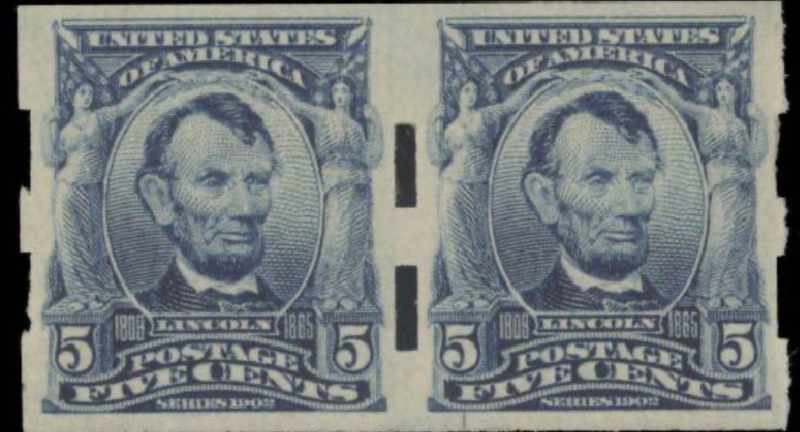
Pinterest
The 1908 5-cent Abraham Lincoln stamp is distinguished by its use of a watermark to deter counterfeiting. Exceptionally rare versions, which were printed without the watermark, can be valued as high as $50,000. The stamp features Lincoln’s profile, one of the most iconic symbols in American history. This edition highlights both the progress in printing security techniques and the enduring respect for Lincoln’s legacy.
1923 2-Cent Harding Memorial Issue
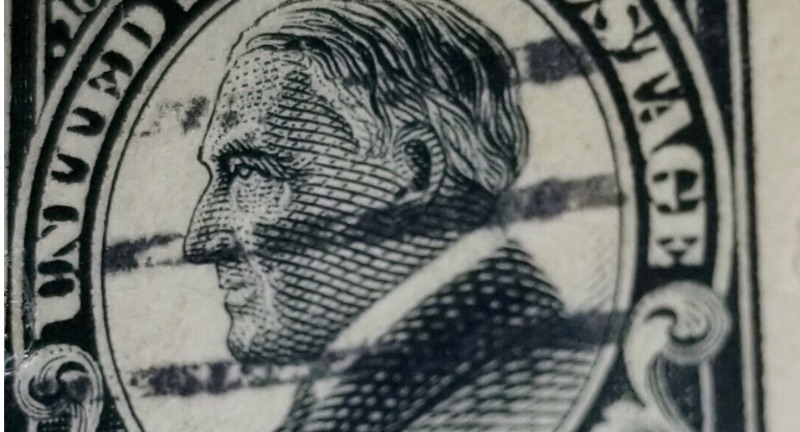
EBay
After President Harding’s passing, a 2-cent stamp was released to honor him. This stamp features Harding’s portrait framed in black to symbolize mourning. A rare imperforate error of this stamp is highly valued, fetching prices close to $15,000 due to its rarity. The stamp captures the nation’s feelings after Harding’s death and serves as a tribute to his presidency. Its design is both simple and moving.
1930 Graf Zeppelin Issue
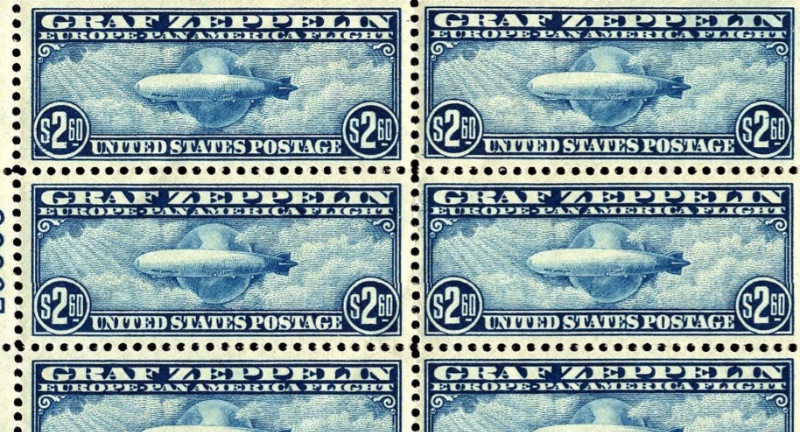
Wikipedia
The 1930 Graf Zeppelin Issue honored the German airships that completed transatlantic journeys in the early 20th century. Featuring three denominations, these stamps were introduced during the Great Depression, leading to low sales and making them rare collectibles today. Pristine copies can fetch thousands of dollars. They are highly valued for their detailed design and historical significance in early international aviation.
1918 24-Cent Curtiss Jenny
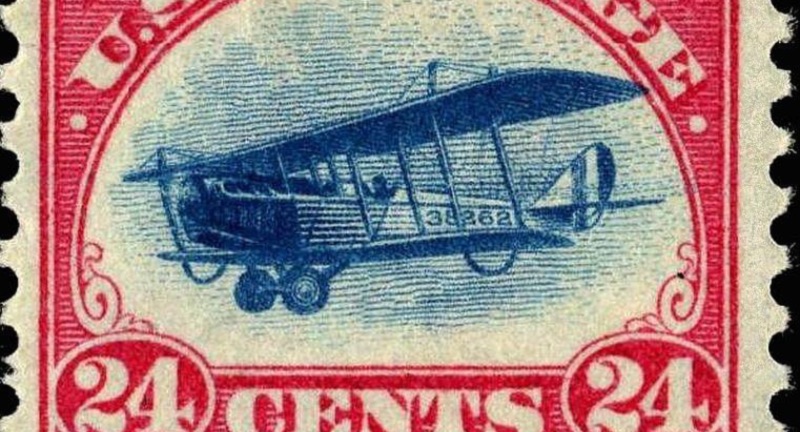
Wikipedia
The 1918 Curtiss Jenny stamp, even without the notable Inverted Jenny error, holds significant value. Featuring the Curtiss JN-4 ‘Jenny’ biplane, it symbolizes the early days of U.S. airmail. Despite the absence of the famous printing mistake, well-preserved specimens can fetch tens of thousands of dollars. This renowned design is a must-have for enthusiasts of aviation and postal history.
The 1894 6-Cent Garfield Stamp
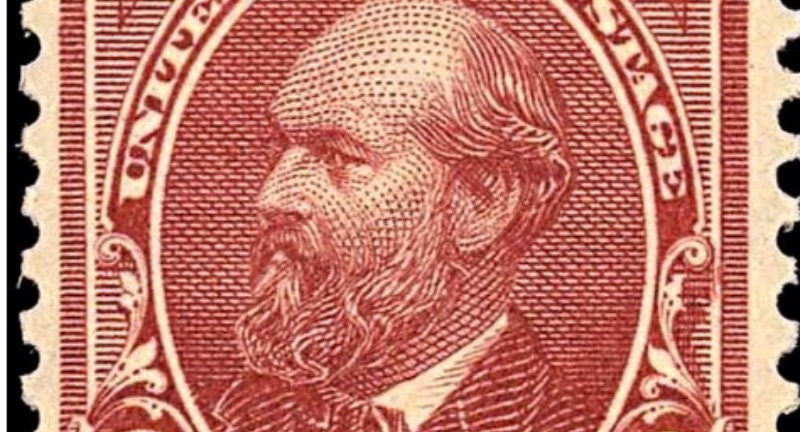
Wikipedia
The 1894 6-cent Garfield stamp was released shortly after the assassination of President Garfield, serving as a tribute to his legacy. Due to some printing errors, such as missing perforations, certain versions of this stamp have become extremely valuable, with some fetching prices over $20,000. This stamp symbolizes a period of national mourning and highlights Garfield’s influence on American history. Additionally, its intricate design showcases the era’s advancements in printing technology.
The 1847 5-Cent Benjamin Franklin
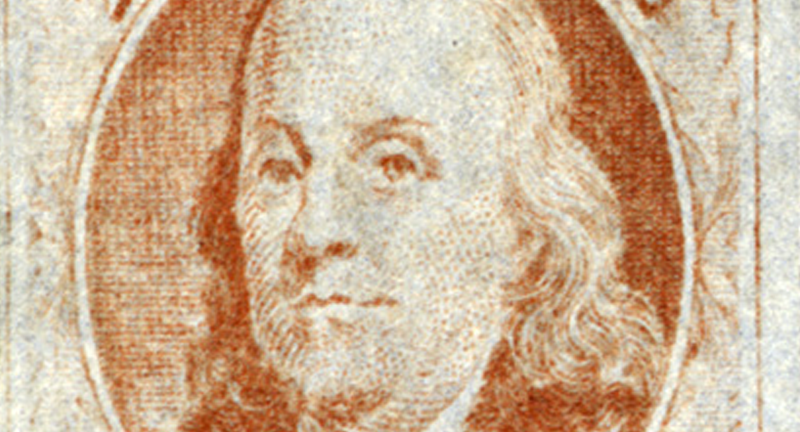
Pinterest
The 1847 5-cent Benjamin Franklin stamp, one of the first general-issue U.S. stamps, features a profile of the distinguished statesman. Although it was issued over 170 years ago, this stamp is still highly valued, with mint condition copies valued at up to $500,000. It played a significant role in the development of the U.S. postal system. The legacy of Franklin as a statesman and Postmaster General is preserved in this iconic design.
1901 Pan-American Exposition Inverted Center
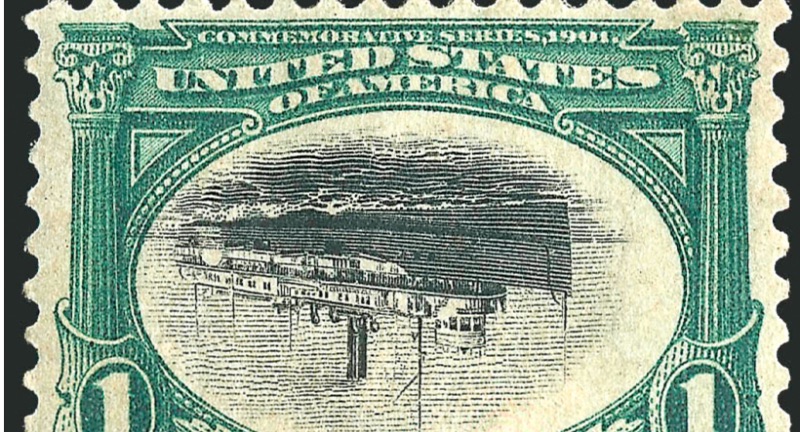
Wikipedia
The 1901 Pan-American Exposition celebrated progress in transportation, featuring a variety of vehicles in distinctive designs. A notable 2-cent denomination stamp from this series contains an inverted center error, which has become highly coveted by collectors and can sometimes be valued at over $100,000. This stamp highlights the technological innovations displayed at the exposition. The entire series is esteemed by philatelists for its historical importance and unique artistry.
1847 10-Cent George Washington
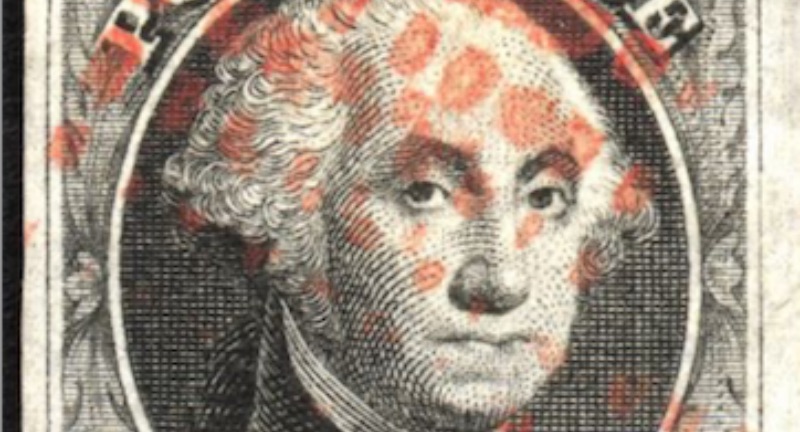
Pinterest
The 1847 10-cent George Washington stamp, released with the 5-cent Franklin stamp, was among the first general-issue U.S. stamps. This release marked a significant step in U.S. postal reform, making mail delivery more accessible to the public. Because of their rarity and historical significance, well-preserved examples of this stamp can be valued at over $150,000. The portrait of George Washington on the stamp emphasizes his role as the founding father of the nation.
Inverted Jenny
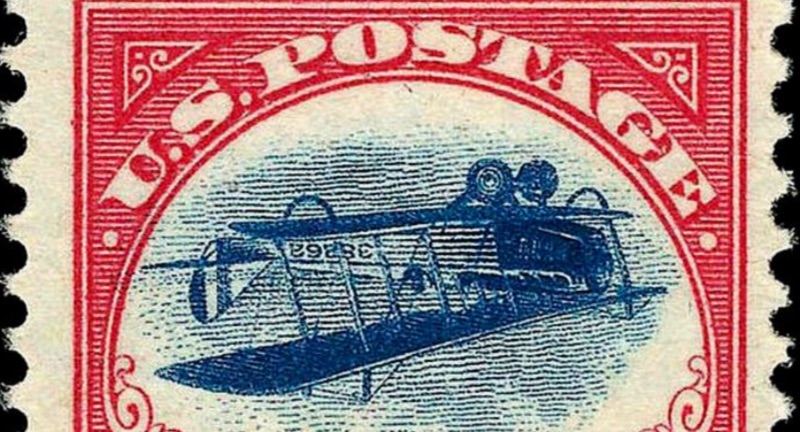
Wikipedia
The 1893 Columbian Issue was introduced to commemorate the 400th anniversary of Columbus’s voyage to the Americas. This series featured stamps with denominations up to $5, which was considered remarkably high at the time. Today, mint condition stamps from this high-value series can fetch over $50,000. The Columbian Issue was a pioneering commemorative series that established new benchmarks in U.S. stamp design.
One of the most coveted U.S. stamps is the Inverted Jenny, known for its printing error that resulted in an upside-down biplane design. Released in 1918 as a 24-cent airmail stamp, only 100 copies are known to exist. Its rarity makes it incredibly desirable among collectors, with pristine examples fetching over $1.3 million. The error on the stamp represents the unpredictable challenges faced during early stamp production.
1922 Flat Plate Proof Issue
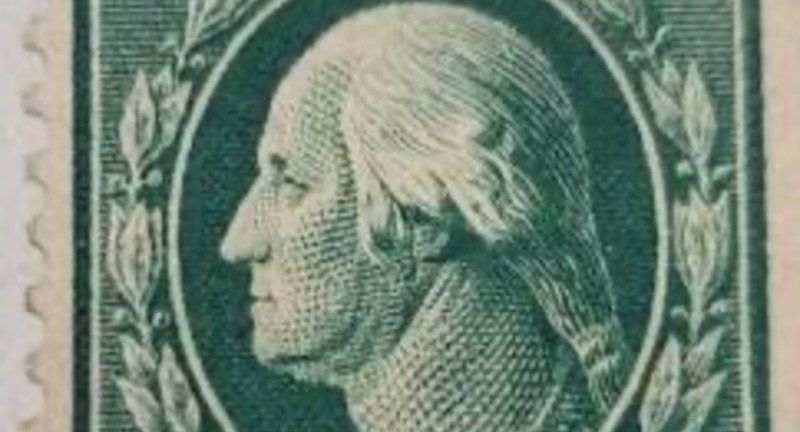
EBay
The 1922 Flat Plate Proof Issue is a finely detailed series that showcases significant figures from U.S. history. These proofs were produced to evaluate printing quality and were never released for public sale, making the existing copies particularly rare and highly valued, sometimes fetching prices as high as $50,000. The precision and skill involved in creating these plates contribute significantly to their allure. This issue marks a pinnacle in both printing technology and the preservation of historical artifacts.
1861 90-Cent Washington
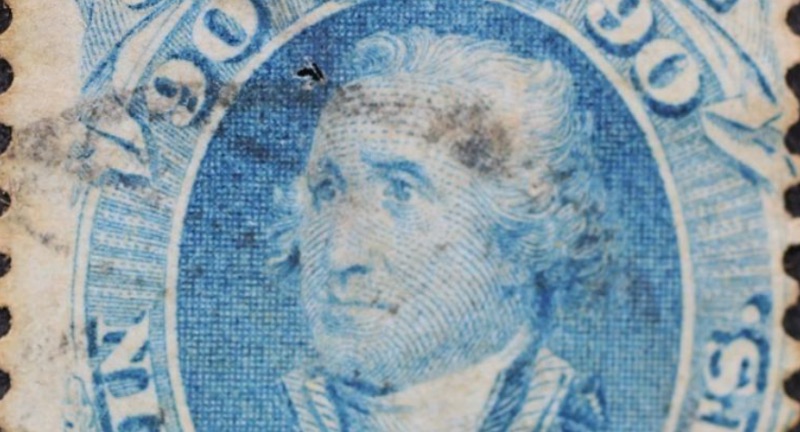
EBay
The 1861 90-cent Washington stamp ranks among the most valuable collectibles from the Civil War period. Its striking design and detailed engraving contribute to its high demand among philatelists. Pristine specimens of this stamp can command prices exceeding $5,000, representing a symbol of unity amid a time of national division. This stamp serves as a historical testament to resilience in American heritage.
1919 3-Cent Victory Issue
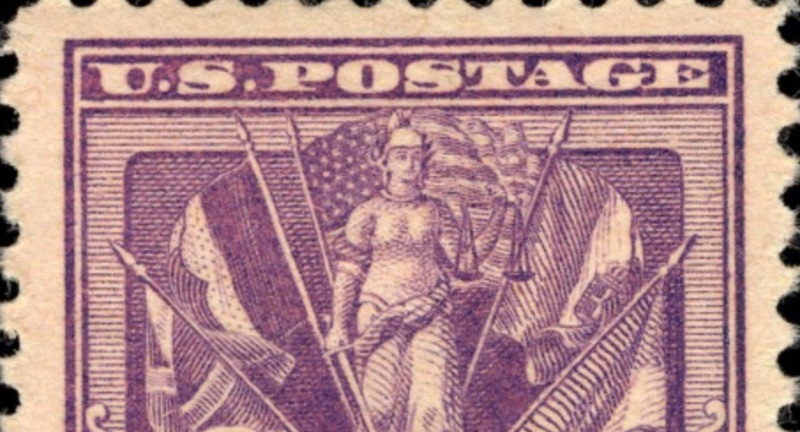
Wikipedia
Released after World War I, the 1919 3-cent Victory stamp honored the Allied victory. Known for its rare misprints and missing color variations, some of these stamps can be valued at over $20,000. The design of the stamp symbolizes hope and a desire for peace following the war, capturing the U.S. and global sentiments of the post-war period.
1928 2-Cent Hawaii Territory
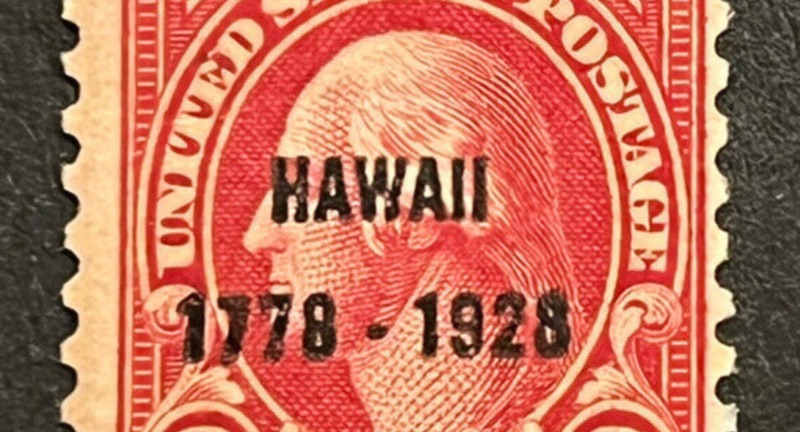
EBay
Issued to commemorate Hawaii’s status as a U.S. territory, the 1928 2-cent Hawaii Territory stamp features iconic Hawaiian imagery. Error versions with misaligned perforations can be valued up to $4,000. This stamp represents America’s expanding diversity and territorial growth in the Pacific. Its design is a simple yet elegant tribute to Hawaiian heritage.
1917 2-Cent George Washington – Coil Waste
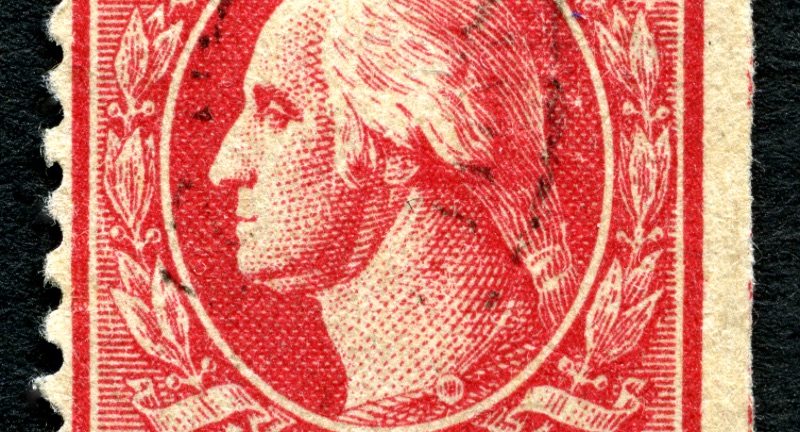
Shutterstock
The 1917 2-cent George Washington coil waste stamp emerged from an error involving the reuse of already printed paper rolls. This mistake rendered specific copies, characterized by their distinctive coil waste pattern, highly valuable, with prices reaching up to $10,000. The stamp features Washington’s iconic profile, which is one of the most recognizable images in American philately, further enhancing its worth. This stamp epitomizes the flexibility and adaptability of early U.S. postal production.
1-Cent Z Grill
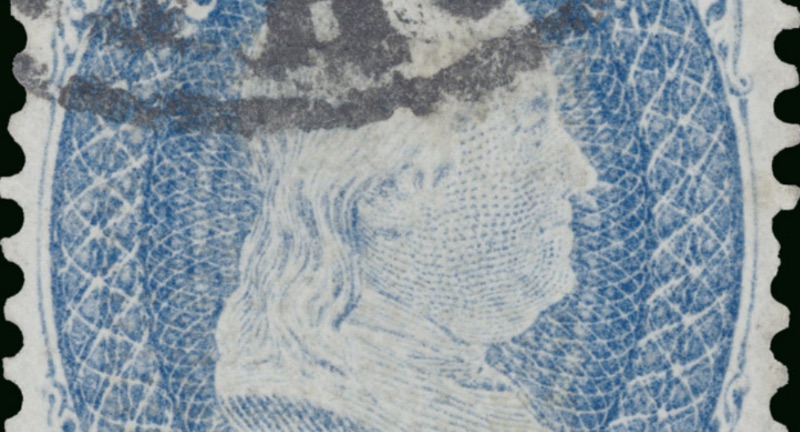
Wikipedia
The 1-Cent Z Grill, issued in 1868, stands out due to its rare ‘Z’ grill pattern embedded in the paper, designed to prevent reuse. Only two examples of this unique stamp are known to exist, and it is valued at approximately $3 million, making it the most valuable U.S. stamp. Featuring an image of Benjamin Franklin, the first Postmaster General, the stamp holds significant historical importance. Its rarity and distinctive design make it the ultimate prize for stamp collectors.
1869 90-Cent Abraham Lincoln
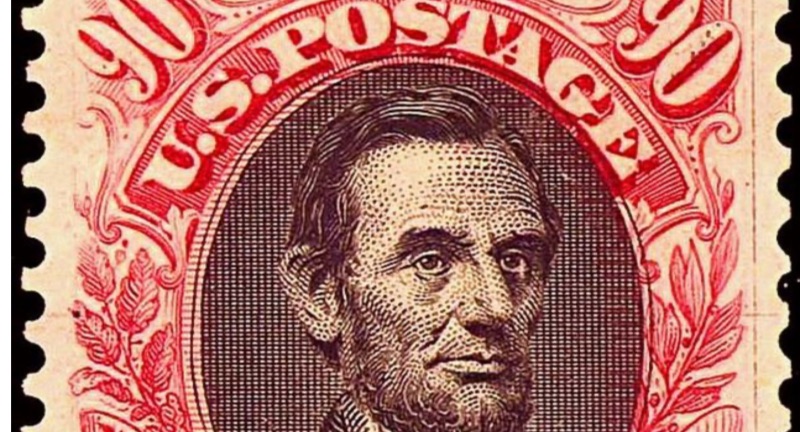
Wikipedia
The 1869 90-cent Abraham Lincoln stamp is renowned for its striking engraving and is among the rarest Lincoln stamps. Created to pay tribute to Lincoln’s legacy after the Civil War, this stamp is highly valued for its pristine condition, sometimes exceeding $10,000. Its scarcity and detailed design highlight the artistry and technological progress of 19th-century stamp printing.
1898 Trans-Mississippi Issue
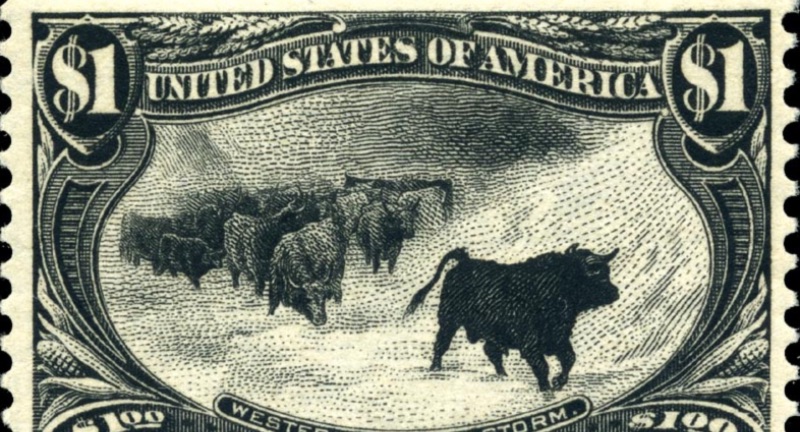
Wikipedia
The 1898 Trans-Mississippi Issue is a series of stamps that celebrate Western expansion, featuring evocative scenes and landscapes from the frontier. The $1 denomination is particularly coveted, with a market value exceeding $30,000 due to its extraordinary imagery and scarcity. This stamp series captures the U.S. fascination with the frontier and epitomizes the adventurous spirit of westward movement. Collectors prize these stamps not only for their visual beauty but also for their rich historical significance.
Conclusion
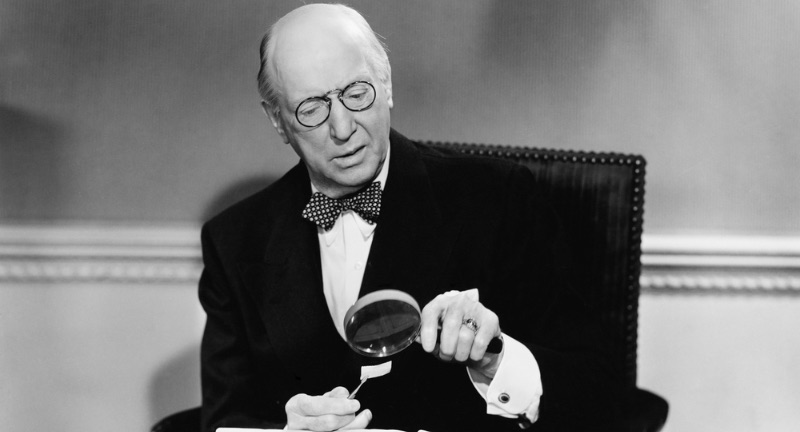
Shutterstock
For collectors and enthusiasts, these stamps are not merely pieces of paper but emblems of periods and events that have influenced the United States. Their worth, often heightened by rarity and historical importance, highlights the passion and dedication of those who safeguard these miniature treasures. The hobby of stamp collecting provides a fulfilling and lasting link to the nation’s cultural and historical milestones—and could potentially be quite valuable in the future!
More Money + Investing
-


16 Ultra-Luxurious Vacations Worth Every Penny
-


20 Easy Ways to Keep Energy Costs Low During Chilly…
-


25 Things That Deserve More Social Acceptance
-


30 Forgotten Thrifty Habits Worth Reviving
-


25 Genius Staging Tips to Speed Up Your Home Sale
-


24 Cars to Buy Now Before Their Value Skyrockets
-


20 Sneaky Habits That Could Sabotage Your Retirement
-


15 Things You Should Never Do At A Funeral
-


15 Powerful Arguments to Ban Electric Cars Permanently
-


25 Epic Car Flops That Made History
-


25 Reasons Employers Hesitate to Hire Gen Z Workers
-


Snowflakes and 17 Conservative Stereotypes That Drive Democrats Up the…
